The melodious symphony of birdsong has captivated human attention for millennia, but behind these beautiful sounds lies an intricate communication system far more complex than many realize. Birds, despite their relatively small brains, command some of the most sophisticated vocal repertoires in the animal kingdom. While humans may communicate with approximately 7,000 languages worldwide, the avian world boasts its own impressive diversity of acoustic communication. From the Australian lyrebird’s uncanny mimicry to the nightingale’s 300-note compositions, birds represent nature’s ultimate sound artists. This article explores the remarkable complexity of avian vocalizations, examining the cognitive abilities, evolutionary significance, and sheer artistry behind what may be the most complex repertoire in the animal world.
The Cognitive Marvel of Birdsong
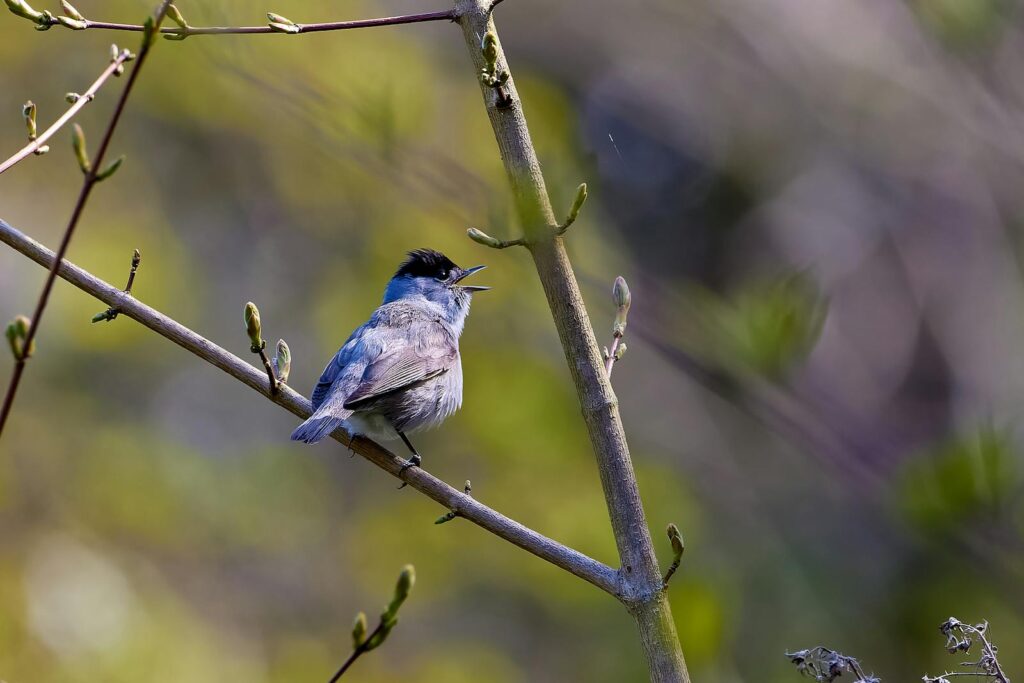
Birdsong represents one of the most remarkable examples of complex communication in the animal kingdom, requiring sophisticated neural networks that parallel human speech in surprising ways. Unlike simple instinctive calls, true birdsong involves learning, practice, and cultural transmission between generations. Neurobiologists have identified specialized brain regions like the HVC (high vocal center) that function similarly to human language centers, controlling the sequence and timing of vocal elements. Perhaps most impressively, songbirds possess a neural density that, relative to brain size, exceeds that of primates, with some species packing more than twice the neurons per cubic millimeter than found in mammalian cortex. This neural architecture allows birds like zebra finches to process and produce precisely timed vocal sequences with millisecond accuracy, a feat requiring computational power previously thought impossible in such small brains.
Mockingbirds: Masters of Mimicry
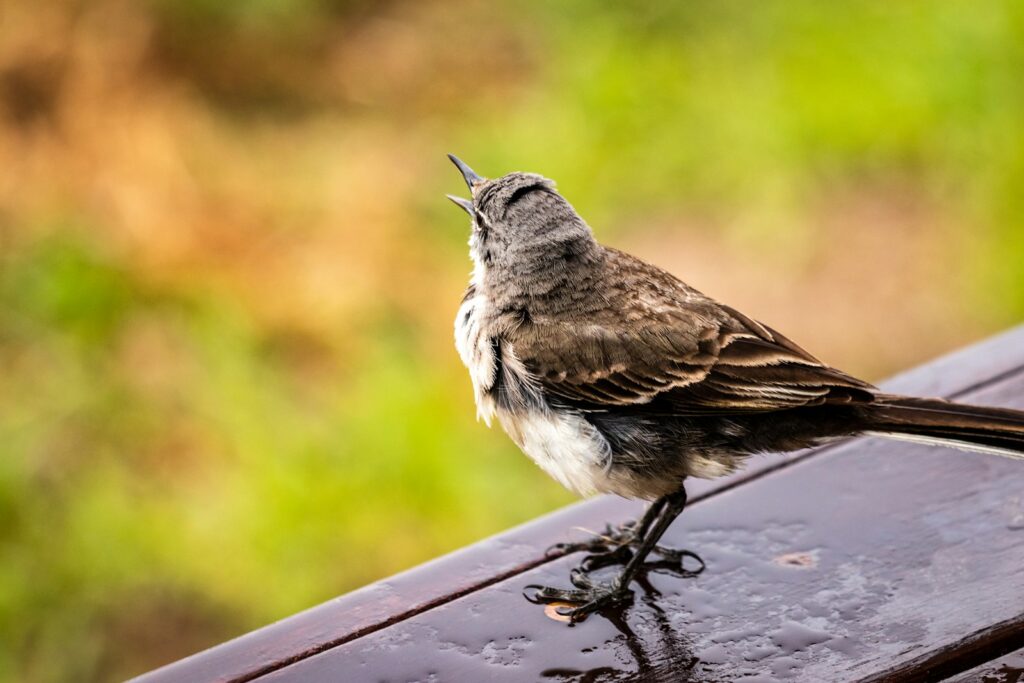
The Northern Mockingbird (Mimus polyglottos) stands as one of North America’s most accomplished vocal virtuosos, capable of learning and reproducing up to 200 distinct songs throughout its lifetime. These remarkable birds don’t simply mimic other bird species—they incorporate environmental sounds ranging from car alarms and creaking gates to human music and the barking of neighborhood dogs. Each male mockingbird develops a unique repertoire, often arranging these borrowed sounds into original compositions that serve as both territorial declarations and elaborate courtship displays. Research has shown that females preferentially select males with larger repertoires, suggesting that vocal complexity serves as an honest indicator of cognitive ability and genetic fitness. Most fascinating is the mockingbird’s practice of rarely repeating the same phrase consecutively, instead cycling through its vast catalog in a deliberate, organized performance that can continue uninterrupted for hours.
The Lyrebird’s Extraordinary Repertoire
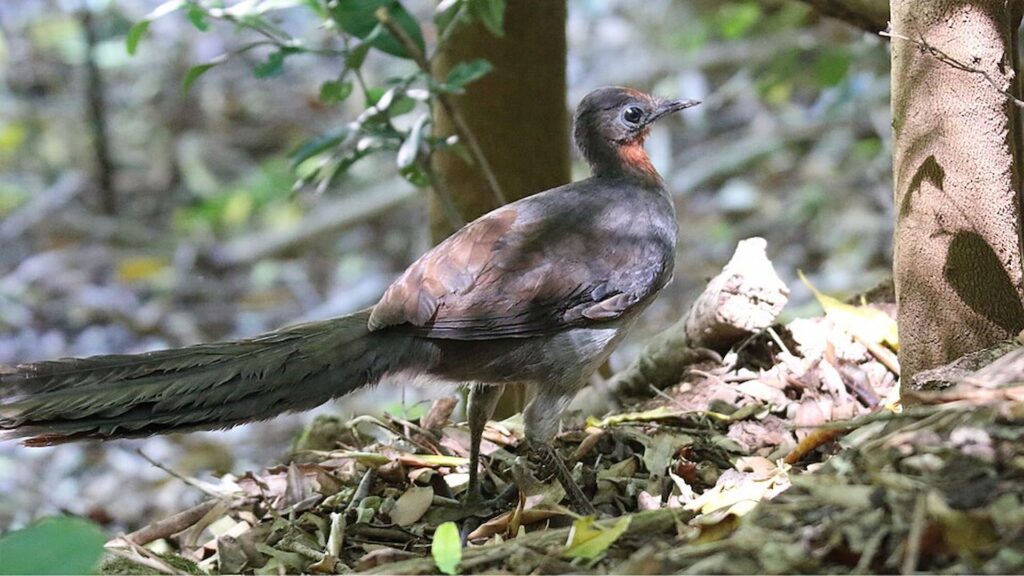
Australia’s Superb Lyrebird (Menura novaehollandiae) possesses perhaps the most extraordinary mimetic abilities in the avian world, with a vocal range that defies belief. These ground-dwelling birds can reproduce virtually any sound in their environment with stunning accuracy, from the calls of up to twenty different species to the mechanical sounds of camera shutters, car alarms, chainsaws, and even complete musical passages from flutes or pianos. A single male lyrebird’s repertoire can encompass over 80 different songs and incorporate hundreds of sound effects, all delivered with such precision that even electronic analysis struggles to distinguish the imitation from the original source. The lyrebird’s vocal capabilities stem from its syrinx—the avian equivalent of the human larynx—which contains uniquely complex musculature allowing for independent control of different sound frequencies. During breeding season, males spend up to four hours daily performing on carefully maintained display mounds, arranging their sonic collections into structured performances that represent one of nature’s most sophisticated examples of sexual selection through artistic display.
Nightingales: Composers of the Bird World
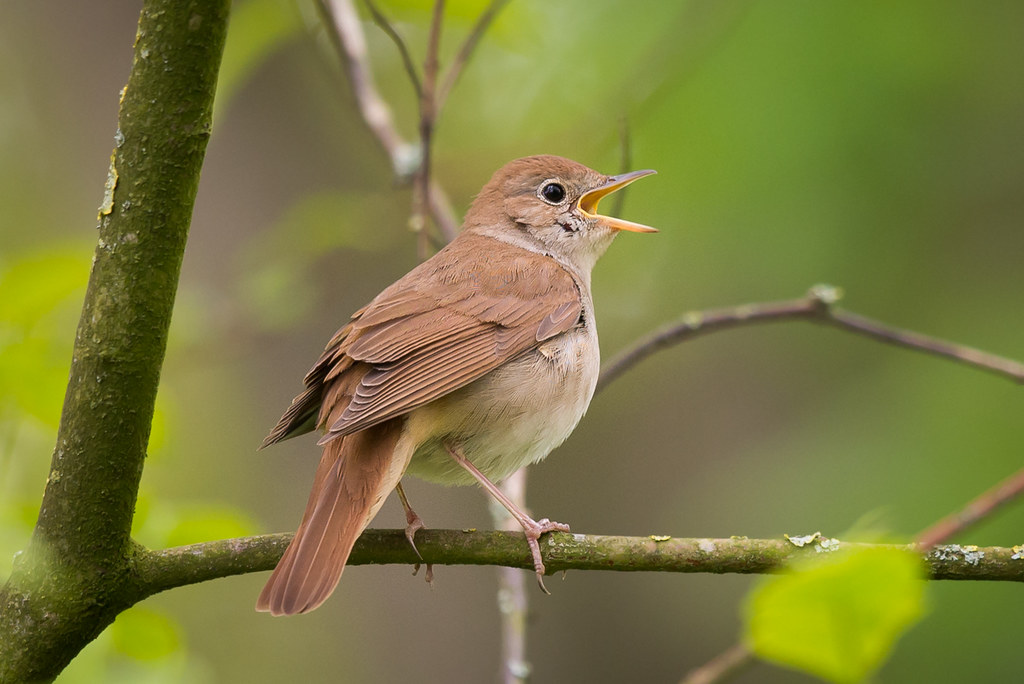
The Common Nightingale (Luscinia megarhynchos) has earned its poetic reputation through an astonishing vocal complexity that continues to challenge scientific understanding. A single male nightingale commands a repertoire of between 180 and 300 distinct song types, each composed of various whistles, trills, and elaborate flourishes arranged in non-random patterns that follow specific syntactical rules. Unlike many birds that simply repeat memorized sequences, nightingales demonstrate real-time composition abilities, varying rhythm, pitch, and arrangement to create seemingly endless variations from their basic sound palette. Acoustic analysis reveals that nightingales organize their songs into hierarchical structures reminiscent of musical phrases, with recognizable introductions, developments, and conclusions. Perhaps most remarkably, nightingales sing primarily at night when ambient noise is minimal, allowing their complex vocal performances to carry up to a mile through forest habitats, creating what many consider the most beautiful and sophisticated natural music in Europe.
Brown Thrashers: North America’s Vocabulary Champions
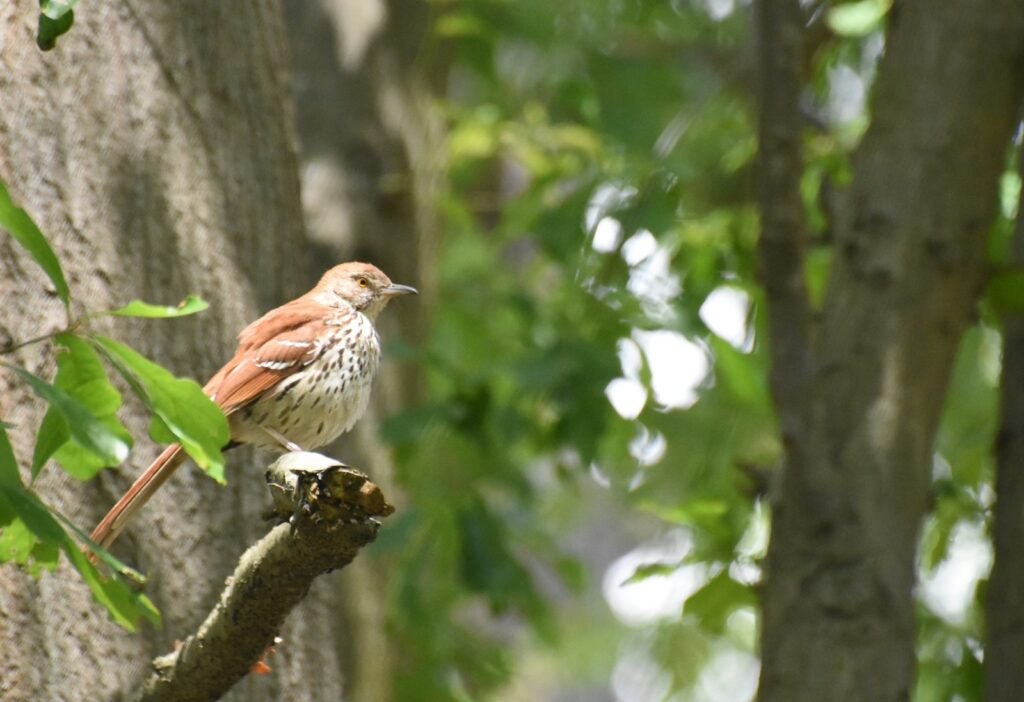
The Brown Thrasher (Toxostoma rufum) holds the record for the largest documented song repertoire among North American birds, with individual males commanding an astonishing vocabulary of over 1,100 distinct song types. These rust-colored songbirds deliver their extensive catalog in a distinctive pattern, typically repeating each phrase exactly twice before moving to the next sequence, creating a rhythmic, measured performance that birders describe as “plant-the-corn, plant-the-corn, dig-it-up, dig-it-up.” The thrasher’s vocal capacity stems from enlarged brain regions dedicated to song learning and production, allowing these medium-sized birds to memorize and reproduce not only their species-specific songs but also partial imitations of dozens of other bird species. Researchers studying brown thrashers have documented that individuals continue adding new songs throughout their lives, with older males possessing significantly larger repertoires than younger birds, suggesting that vocal expansion represents an ongoing cognitive investment. This extraordinary vocal diversity likely evolved through sexual selection, as females consistently prefer males with more extensive song catalogs, creating evolutionary pressure for increasingly complex communication.
The Neural Basis of Avian Vocal Complexity
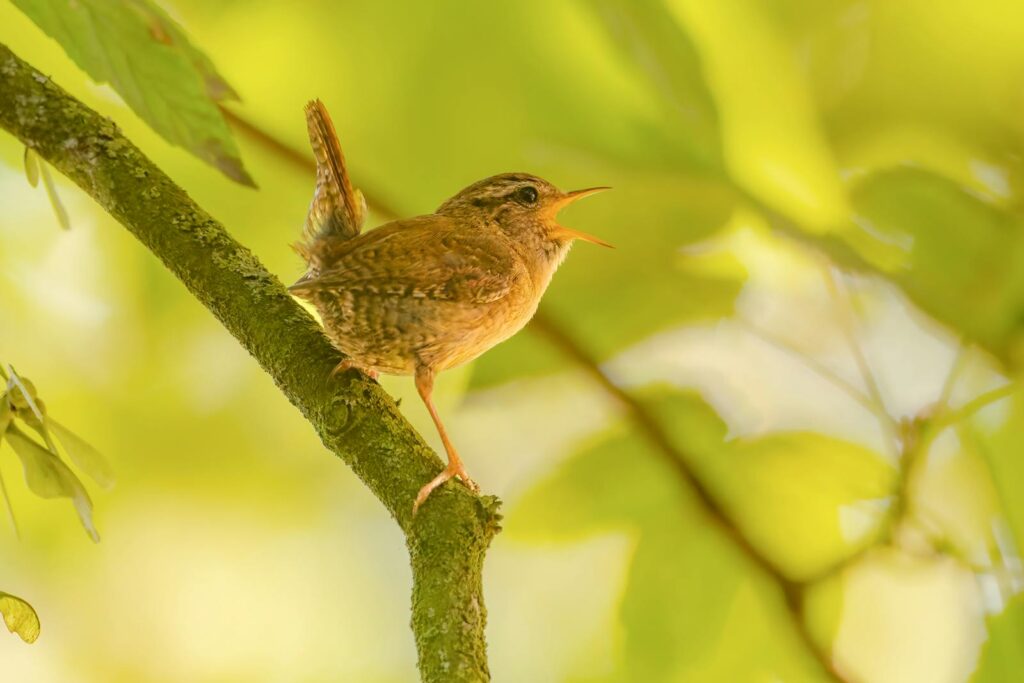
The extraordinary vocal abilities of songbirds stem from specialized neural architecture that represents one of evolution’s most elegant solutions to complex communication. Unlike mammals, who primarily process language in the neocortex, birds have developed an entirely different brain structure called the pallium that performs equivalent functions through remarkably efficient neural circuitry. Songbirds possess a dedicated system of interconnected brain nuclei collectively known as the “song system,” which contains tens of thousands of neurons specifically devoted to learning, producing, and refining vocalizations. When birds sing, these circuits activate in precise sequences, with the HVC (high vocal center) encoding song structure, the robust nucleus of the arcopallium (RA) controlling the syringeal muscles, and the anterior forebrain pathway enabling auditory feedback and vocal plasticity. Most remarkably, these neural networks demonstrate seasonal neurogenesis—the birth of new neurons—allowing birds to expand their repertoires over time and replace damaged circuits, a capability largely lost in adult mammals.
Songs Versus Calls: Understanding Avian Communication Categories
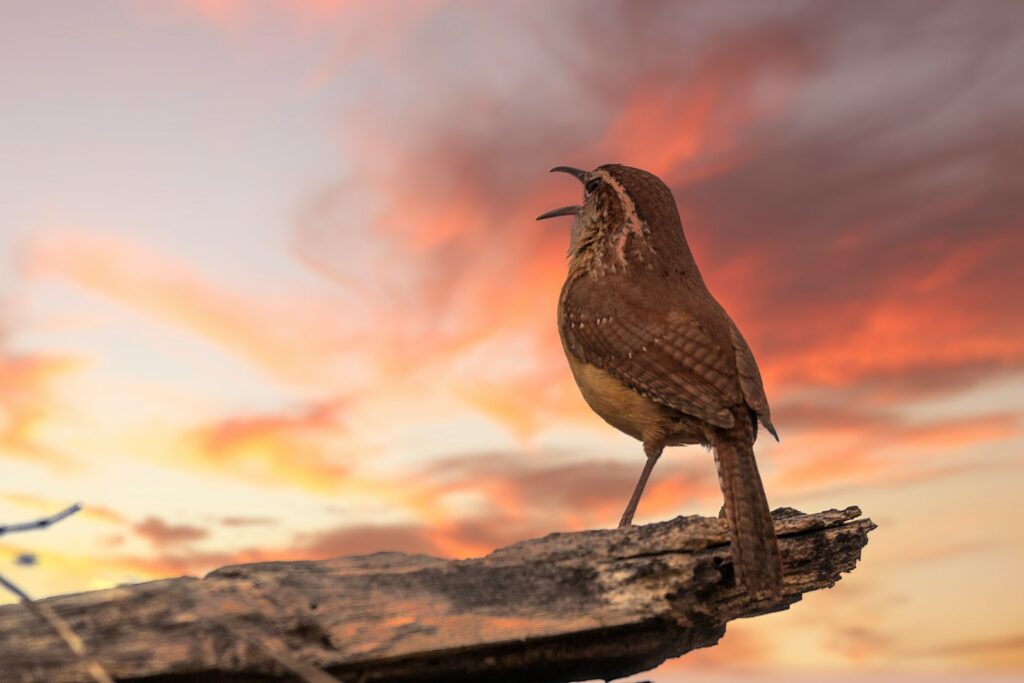
Ornithologists distinguish between two primary categories of bird vocalizations: songs and calls, each serving distinct communicative functions and exhibiting different levels of complexity. Songs typically represent more complex, melodious vocalizations primarily produced by males during breeding season, functioning as territorial advertisements and courtship displays that demonstrate genetic fitness through vocal prowess. Calls, conversely, tend to be shorter, simpler vocalizations used by both sexes year-round to coordinate group movement, signal alarm, maintain contact, or facilitate feeding, essentially serving as the practical everyday language of avian social life. The neurological pathways underlying these two communication types differ significantly, with songs requiring the specialized song control system that undergoes seasonal growth, while calls utilize more primitive brain regions that function from hatching without learning. Some species like corvids and parrots blur this distinction, incorporating complex learned elements into their calls and developing extensive vocabularies that serve specific social functions, demonstrating that the traditional song-call dichotomy represents a simplification of the rich continuum of avian vocal complexity.
The Learning Process Behind Birdsong Acquisition
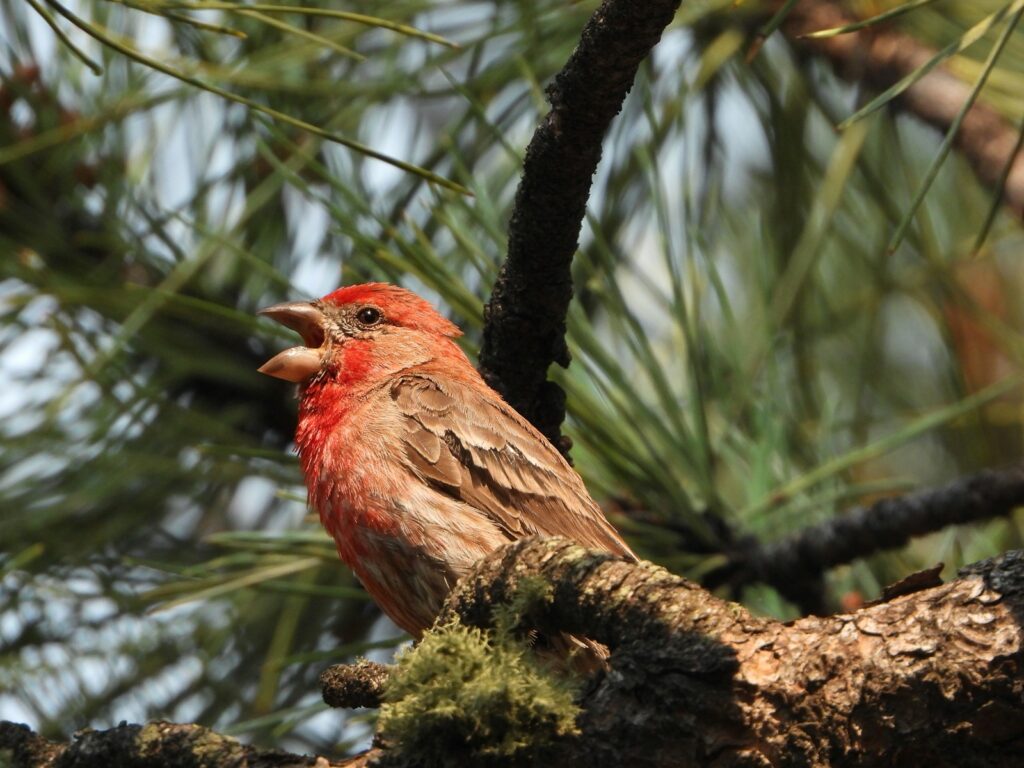
The development of complex vocal repertoires in songbirds follows a learning trajectory remarkably similar to human language acquisition, proceeding through distinct phases that blend genetic predisposition with environmental experience. Initially, nestlings enter a receptive “sensory phase” during which they attentively absorb the acoustic patterns of adult tutors, forming neural templates of species-appropriate sounds without attempting vocalization themselves. This is followed by the “subsong” phase, analogous to human babbling, where juveniles produce disorganized, experimental vocalizations that gradually refine through auditory feedback into recognizable “plastic song” patterns that increasingly match adult models. Finally, as birds reach sexual maturity, their vocalizations crystallize into stable adult repertoires through a process that combines innate filtering (rejecting non-species sounds) with cultural learning (incorporating local dialect variations). The timing of these phases varies dramatically between species—zebra finches complete the entire process within 90 days, while marsh warblers spend nine months learning over 80 species’ songs, and corvids continue expanding their vocal repertoires throughout their multi-decade lives.
Dialects and Cultural Transmission in Bird Populations
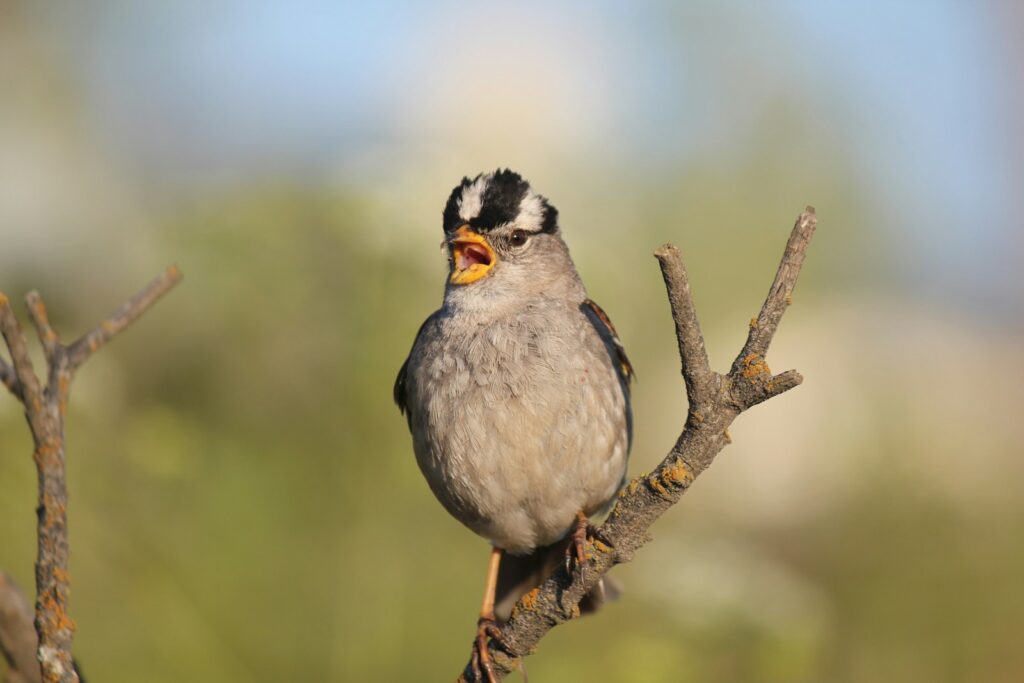
Bird songs exhibit remarkable geographic variation that manifests as distinct regional dialects, demonstrating that avian vocalizations transmit culturally in patterns similar to human language distribution. White-crowned sparrows along the California coast, for example, maintain discrete dialects that can shift dramatically across territories as small as a few miles, with each population group sharing characteristic introductory whistles and terminal trills that identify membership in a specific acoustic community. These dialect boundaries persist across generations through social learning, as young birds preferentially adopt the vocal patterns of their natal region, effectively creating acoustic “accents” that can remain stable for decades or gradually evolve through cumulative modifications. Research tracking dialect changes has documented both rapid shifts following population disruptions and remarkable conservation of traditional song elements across centuries in isolated populations. The adaptive value of these dialects appears multifaceted—helping birds recognize appropriate mates from their population, signaling territory ownership to neighbors who share the local “language,” and potentially preserving regionally adaptive information through cultural rather than genetic transmission.
Duetting Birds: Synchronized Vocal Complexity
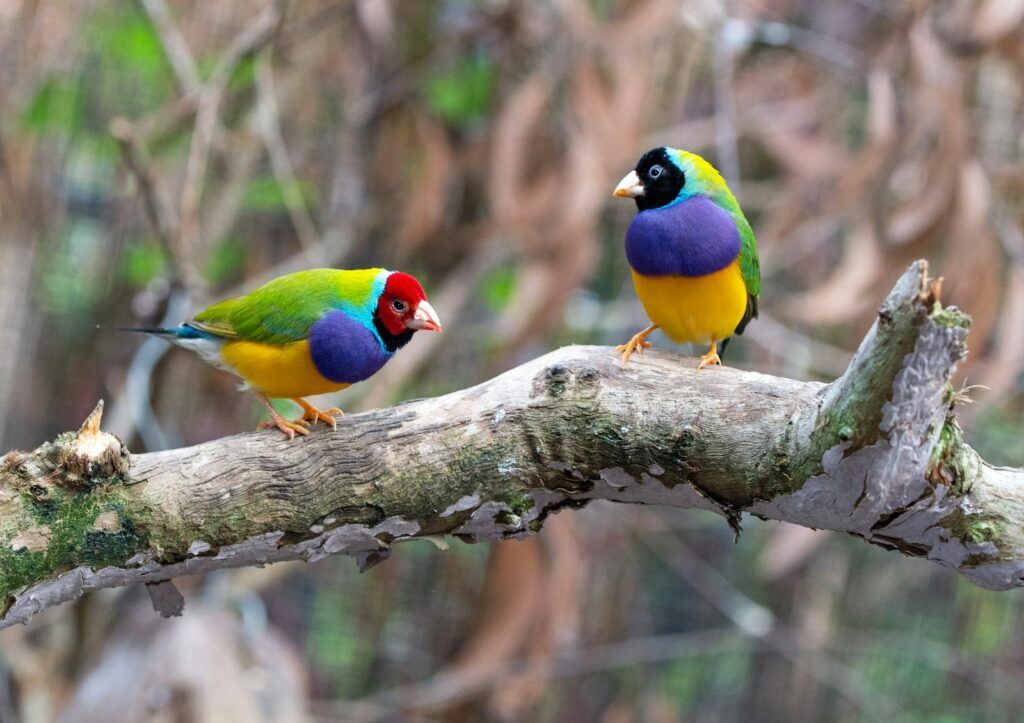
Among the most sophisticated demonstrations of avian vocal complexity are the precisely coordinated duets performed by mated pairs in over 400 bird species worldwide, particularly prevalent in tropical habitats. Unlike the solo performances that characterize temperate songbirds, duetting species like plain-tailed wrens and Australian magpie-larks engage in antiphonal exchanges where males and females alternate vocal phrases with split-second timing, creating interlocking patterns so seamless they often sound like a single bird to untrained ears. Neurobiological studies reveal that these duets require remarkable neural synchronization, with each bird’s brain anticipating its partner’s contribution while preparing its own precisely timed response, essentially creating a shared neural network across two individuals. The complexity of these performances varies tremendously—from simple call-and-response patterns in some waxbills to the elaborate duets of African bush shrikes, where pairs develop unique, identifiable “signatures” comprising up to 20 alternating phrases that function as cooperative territorial advertisements. Perhaps most remarkably, some tropical wrens perform duets with such intricate precision that they create acoustic illusions where the combined output contains rhythmic patterns that neither bird produces independently, demonstrating a level of cooperative artistry previously unrecognized in non-human animals.
Parrots and Corvids: Vocal Learning Outside the Songbirds
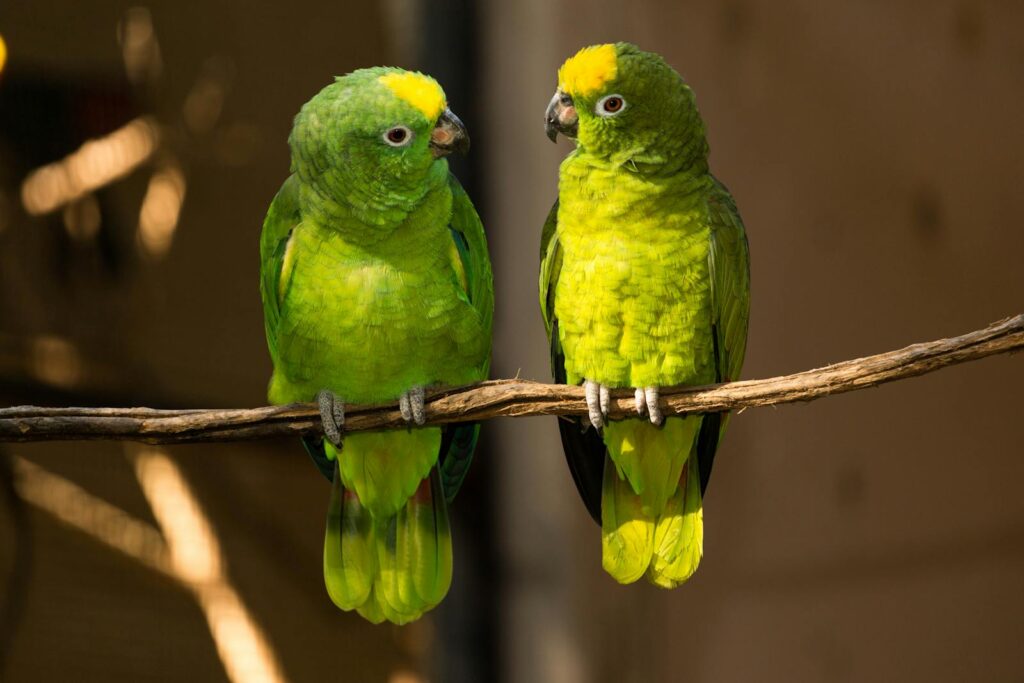
While true songbirds (oscines) represent the pinnacle of vocal complexity, two other avian groups—parrots and corvids—have independently evolved sophisticated vocal learning capabilities through convergent evolution. Parrots possess neural structures analogous but not homologous to the songbird’s vocal control systems, allowing species like African Grey parrots to develop vocabularies exceeding 1,000 distinct sounds, including not just mimicry of other species but also abstract understanding of human language concepts and appropriate contextual usage. Corvids (crows, ravens, and jays) similarly demonstrate remarkable vocal flexibility, with ravens documented producing over 80 different call types serving specific social functions, from recruitment calls that convey information about food quality to individualized “names” that identify specific group members. Unlike songbirds, whose repertoires primarily serve reproductive functions, parrots and corvids use their vocal abilities primarily for complex social coordination within their highly intelligent societies. Most impressively, both groups continue learning new vocalizations throughout their long lives, with captive individuals documented developing novel context-specific calls to communicate with human caretakers—demonstrating not just mimicry but functional understanding of vocal communication that approaches rudimentary language.
The Evolutionary Significance of Vocal Complexity
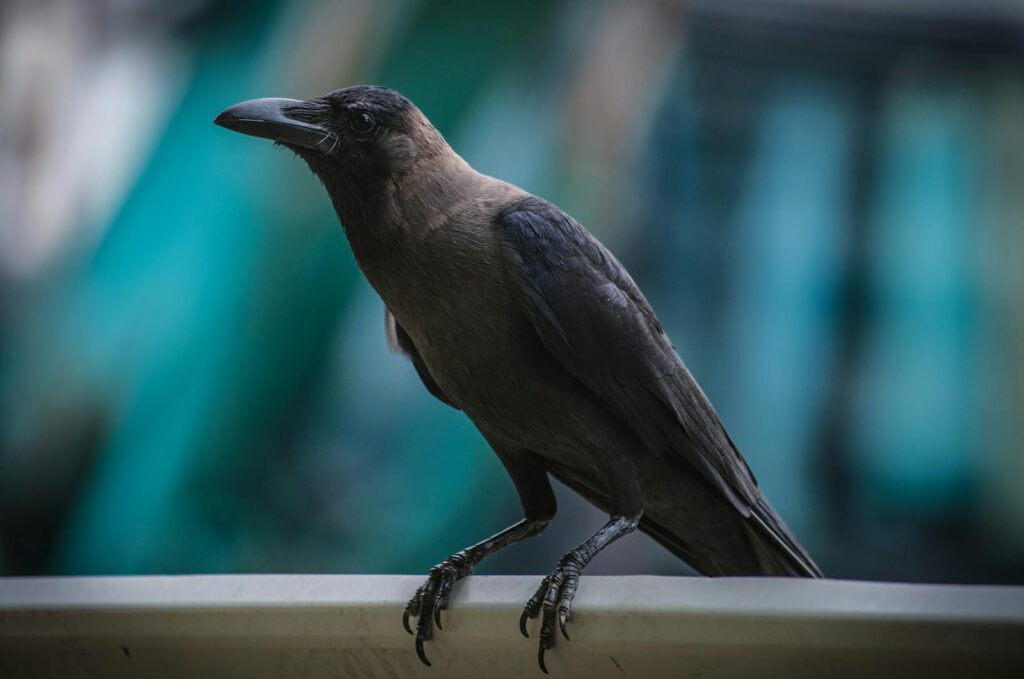
The extraordinary investment birds make in developing complex vocalizations raises fundamental questions about the selective pressures driving such elaborate communication systems. Sexual selection provides the most compelling explanation, as females across numerous species consistently prefer males with larger, more complex repertoires, creating evolutionary pressure for increasingly sophisticated vocal displays that honestly signal cognitive capabilities and developmental stability. Resource competition offers another selective force, as individuals with more complex territorial announcements typically enjoy greater success in maintaining high-quality territories against rivals, with experimental studies showing that speakers broadcasting complex songs deter territorial intrusions more effectively than simple songs. Predator avoidance may also contribute to repertoire expansion, as birds with diverse alarm calls can communicate specific threat information—distinguishing aerial from terrestrial predators or encoding predator size and proximity—increasing group survival through more nuanced danger assessment. Perhaps most intriguingly, vocal complexity correlates strongly with species that form complex social groups requiring sophisticated coordination, suggesting that advanced communication co-evolved with social complexity in a pattern parallel to human language evolution, where communication depth expanded to meet the demands of increasingly nuanced social interactions.
Human Impact on Avian Vocal Communication
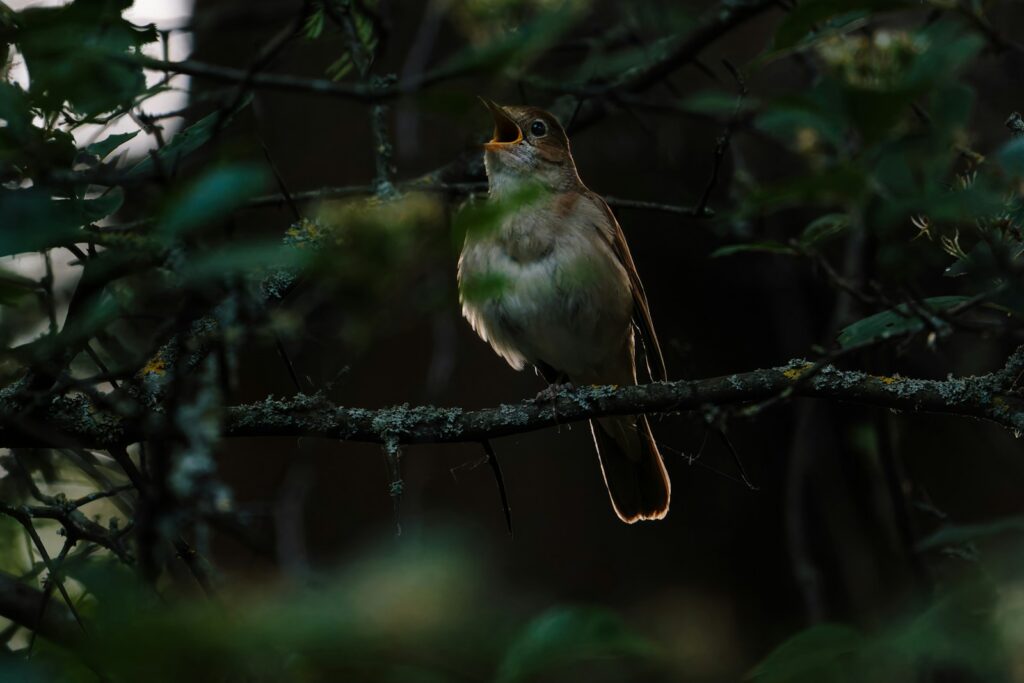
Anthropogenic environmental changes are profoundly affecting avian vocal communication, potentially compromising the integrity of what may be the planet’s most sophisticated non-human communication system. Urban noise pollution has forced city-dwelling birds to modify their songs in multiple dimensions—shifting to higher frequencies that rise above the low-frequency rumble of traffic, increasing amplitude to overcome ambient noise, and singing at dawn when human activity temporarily subsides. Habitat fragmentation creates acoustic isolation between bird populations, disrupting the cultural transmission of songs and potentially leading to the loss of regional dialects that represent centuries of accumulated vocal traditions. Chemical pollutants, particularly endocrine disruptors, can impair the neural development of song control nuclei in developing birds, resulting in simplified, abnormal songs with reduced complexity and precision. Perhaps most concerning, climate change is creating phenological mismatches between the seasonal growth of vocal control regions and optimal breeding conditions, potentially leaving birds with incompletely developed song capabilities during critical mate attraction periods. Conservation efforts increasingly recognize the importance of preserving not just bird species but their acoustic heritage—the complex repertoires that represent both a remarkable evolutionary achievement and a vital communication system necessary for avian social and reproductive success.
The extraordinary vocal abilities found throughout the avian world represent one of nature’s most remarkable achievements in complex communication. From the neurological foundations that allow tiny brains to process and produce intricate sound patterns to the cultural transmission that creates regional dialects, birdsong embodies sophisticated information exchange that rivals human language in many aspects. The sheer diversity of strategies—from the mockingbird’s extensive mimicry to the synchronized precision of duetting pairs—demonstrates how evolutionary pressures have shaped these acoustic marvels across different ecological niches. As we continue to unravel the complexities of avian vocal communication, we gain not only a deeper appreciation for these feathered virtuosos but also valuable insights into the evolution of complex communication systems, including our own. In the complex repertoires of the avian world, we find both artistic beauty and scientific wonder—a testament to the creative power of natural selection and the endless capacity for expression found throughout the living world.
